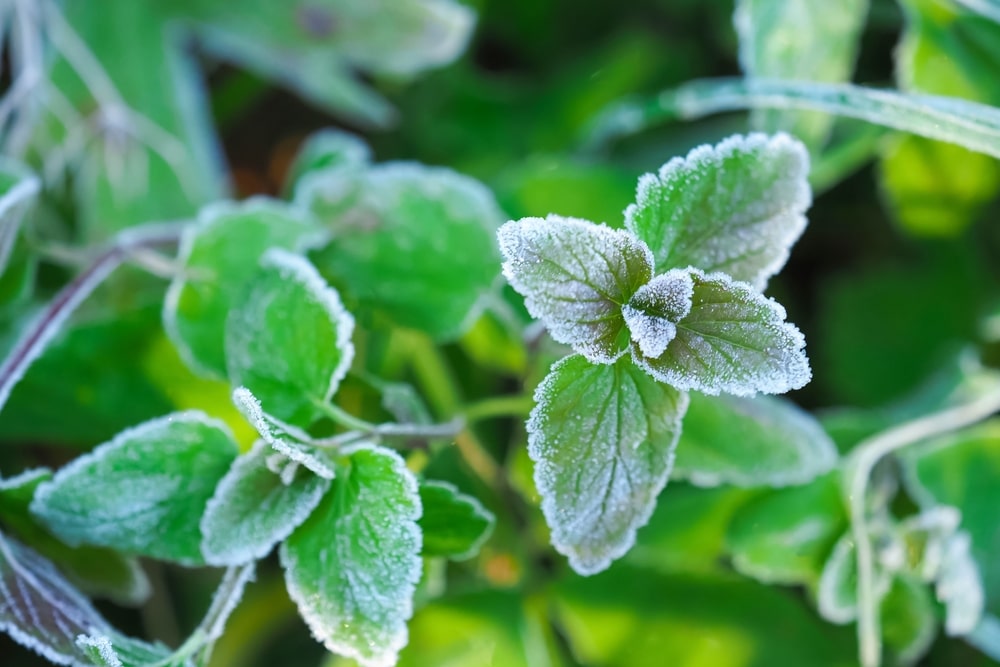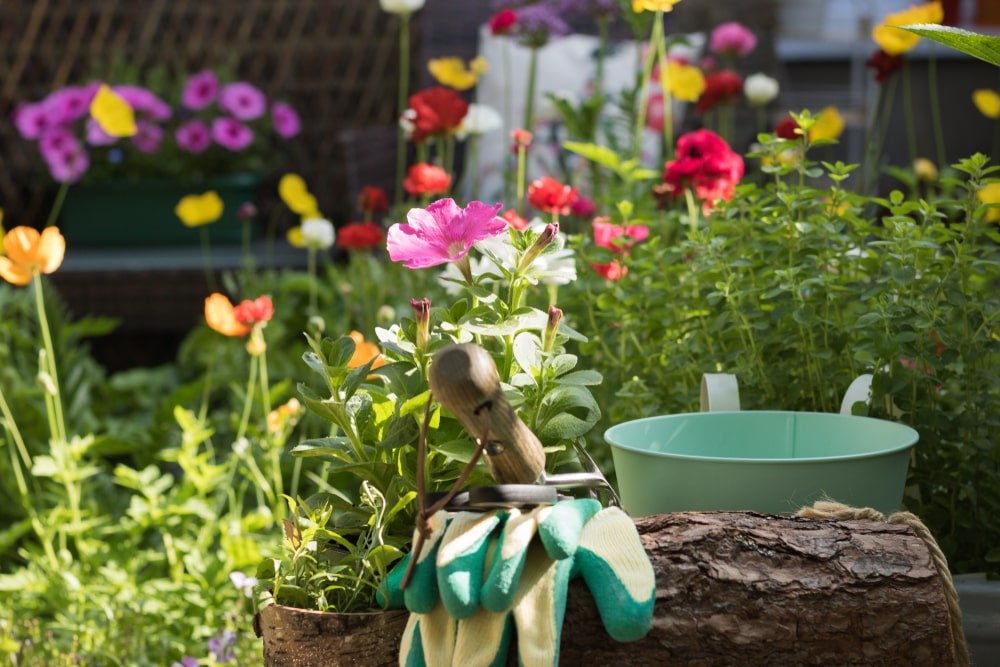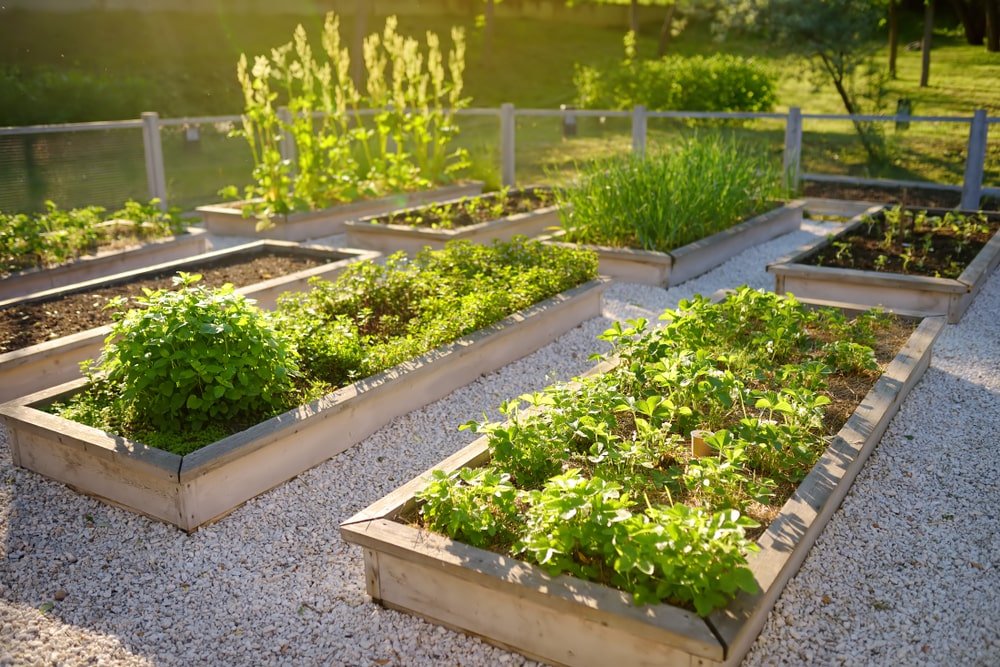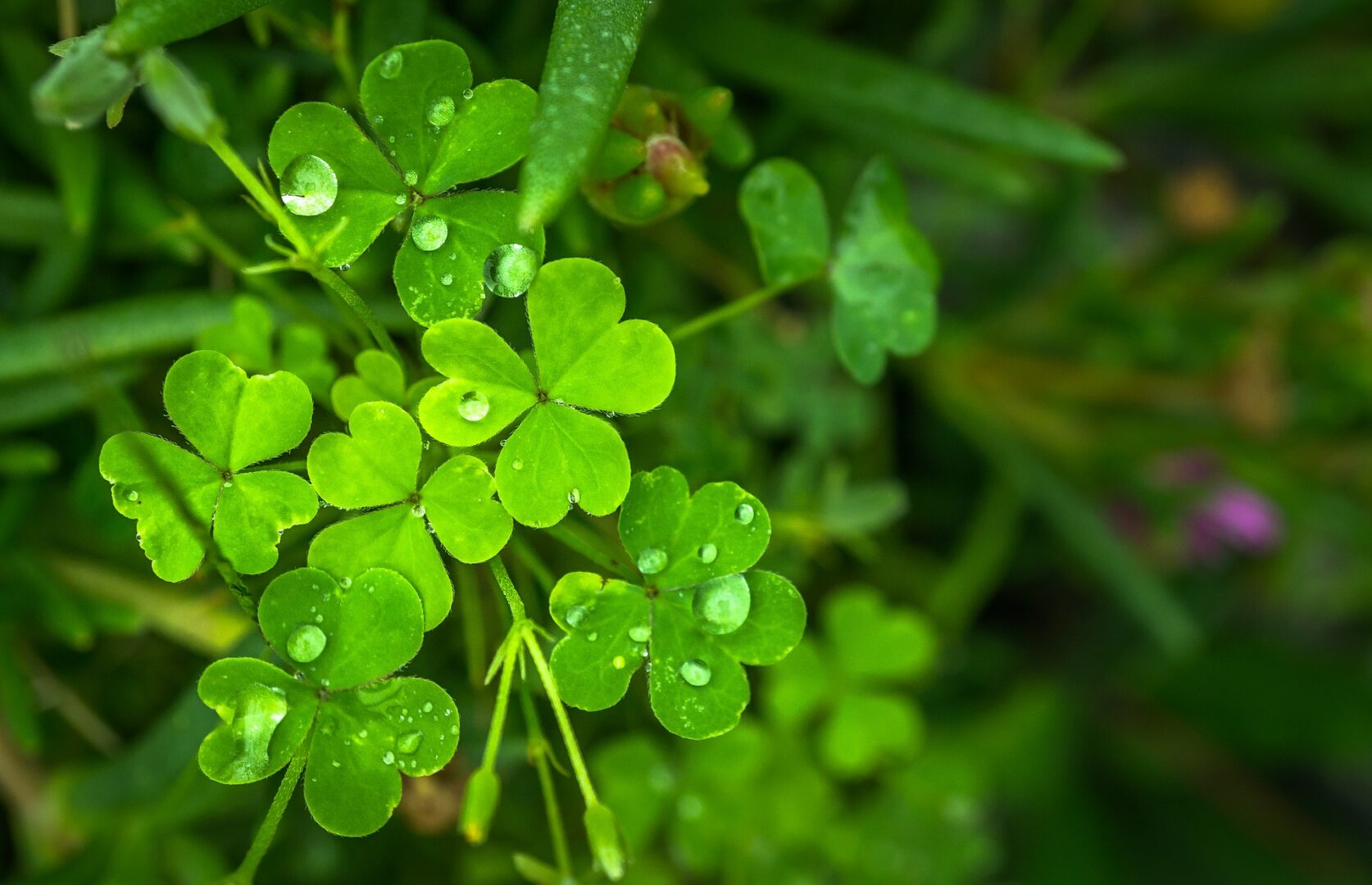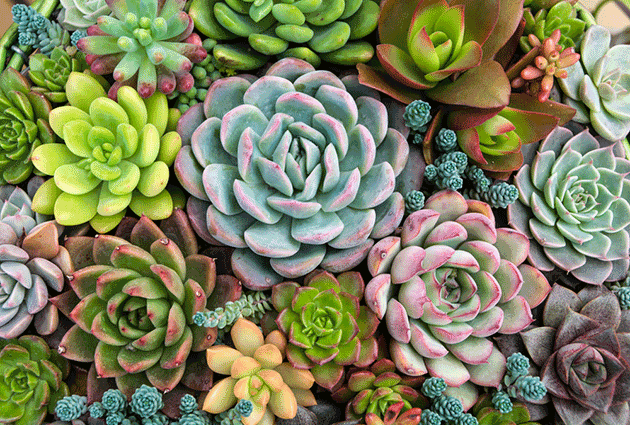Thoughts on a Butterfly-Friendly Garden
NOW IS THE TIME TO PLAN Spring is now officially here. April is the first full month of spring. Our temperature is warming. As of this writing our soil temperature is warming up as well. As we get farther into April and we warm more consistently then our butterflies will become more noticeable and more … Read more


